
Urals Infantry
The Urals army was never very strong in infantry. Only about a quarter of the front-line men were infantry, and most units were not high calibre.
NB: many of the White Siberian infantry units were titled "Urals", from regiments up to corps. In those cases it is a reference to the mountain region, and not the Cossack Host. This page refers only to infantry fighting with the Urals Cossack Host along the lower Urals River.
33rd Nikolaev Rifle Regiment
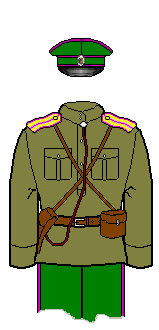 |
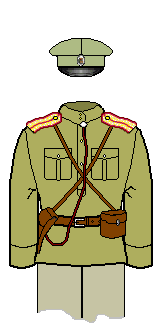 |
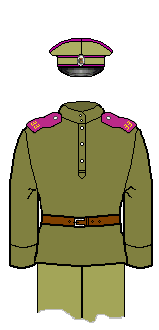 |
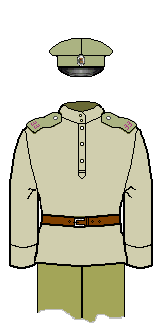 |
| Officer parade dress | Officer field dress | Private | Trooper field dress |
The dress of this unit is speculative, based largely on known WWI and other RCW practice.
As the colour of Rifles units was "raspberry", (often translated as "crimson" in texts) this regiment had the same facing colour as the Urals Host it served with. The shade in question was a more a dark pink than a red. Old materials suggest it often faded to a paler version.
As with most Urals Host units, this unit probably did not dress very well.
Uniform Details
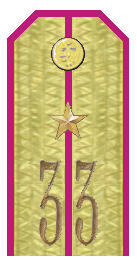 |
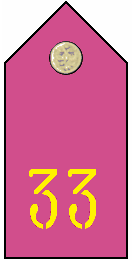 |
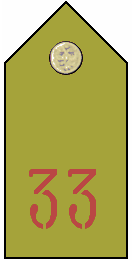 |
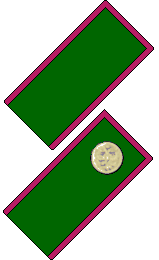 |
| Shoulderboards: Ensign |
Shoulderboards: Trooper | Shoulderboards: trooper field version | Greatcoat collar tabs |
Dress shoulderboards were raspberry. Buttons and officer lace were gold. Officer's monogram and rank markings were in gold, and for troopers in yellow.
ield shoulderboards had the number stencilled or inked in raspberry.
Imperial practice was for straight numbers as a cipher for line Rifle units.
The dress furazhka peaked cap was Tsar's green with raspberry piping for officers and khaki with raspberry piping for men. Field ones were plain. It is likely that papakha were worn much of the time.
History in the RCW
The 33rd Nikolaev Regiment seems to have begun as a unit recruited as part of the KOMUCH People's Army, but it was associated with the Urals Host for the entire war. It likely started out with a variety of ex-Imperial officers and volunteers from the Nikolaev area. It would seem likely that it was filled during the war by stragglers from various other armies and ex-Reds.
In late 1918 it had 3 battalions, for a total of just over 900 bayonets and 11 MGs. It is recorded in mid-1919 as only having one battalion, with 9 officers, 630 bayonets and 12 MGs.
Flags
The official WWI HQ flag for Rifle units was raspberry with an orange diamond and the unit's number in black.
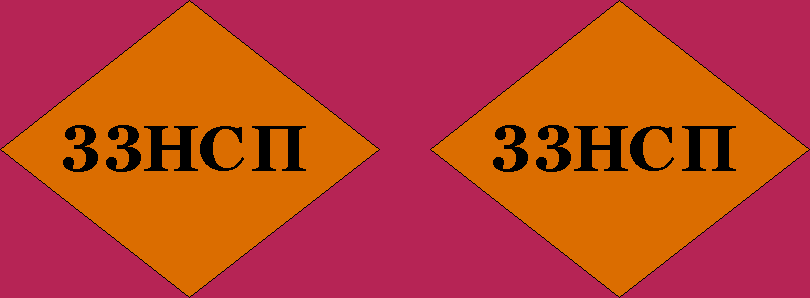
Other Similar Units
Other infantry units in the Urals Host were more ephemeral than the 33rd, coming and going quite rapidly, although some units may have been merely renamed.
Many foot units were partisan in origin, so presumably were not particularly uniform. Markings appear to have been simple white bands, or bows.
Others were designated "foot" regiments with territorial titles. They may have been Cossacks without horses, so would presumably have the same basic raspberry facing colours as the rest of the Host.
Photos
There are very few photos from the Urals of this period.